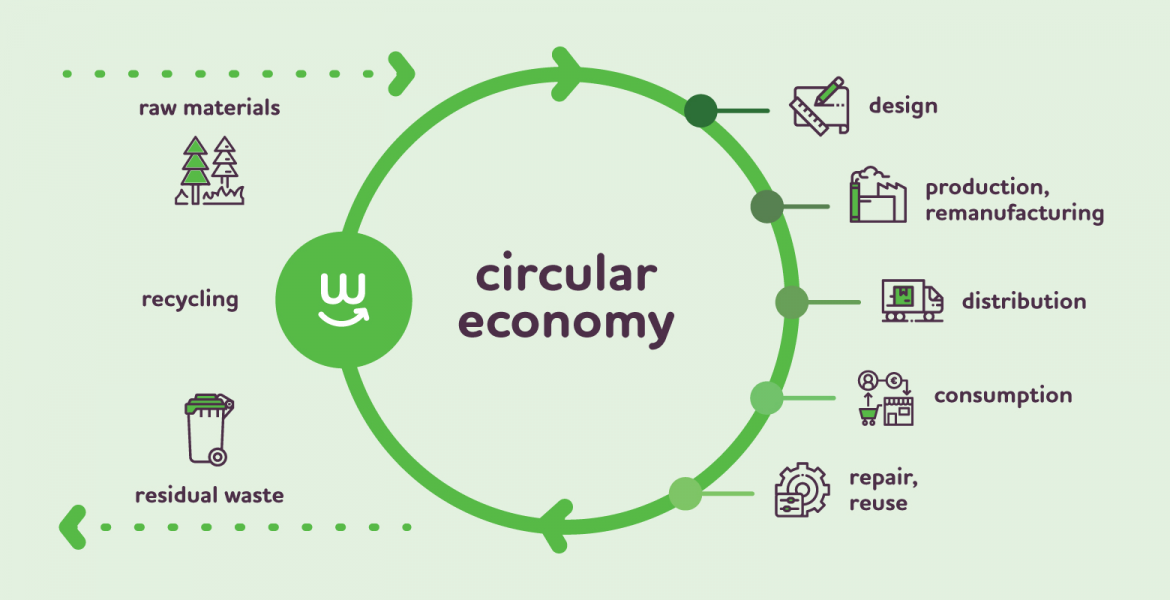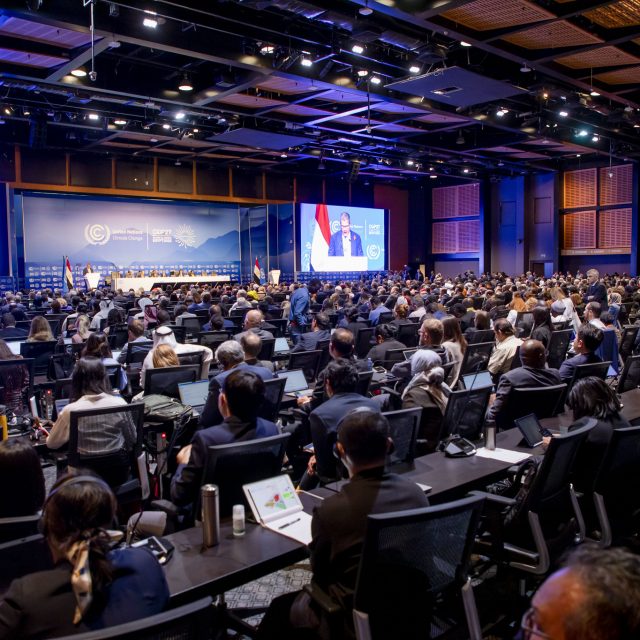So far, actions to boost the development of a circular economy in Europe have centred on production, getting industries to introduce circular business models and bring circular options to the market.
Now conditions are ripe for getting consumers involved, and empowering them to make sustainable purchasing choices in their daily lives, says a new EESC report.
In the report, entitled Consumers in the circular economy, the European Economic and Social Committee calls for a strategic shift to place consumers at the centre of public policy on the circular economy at all levels of government in Europe.
In the first stage of the circular economy, consumers have been confined to the role of urban agents recycling domestic waste, while the focus has been on business. European Commission initiatives, the EESC points out, have targeted regulation and production, boosting recycling levels and introducing the concept of eco-design.
Now we are beginning to see major changes from large industries. With major groups such as H&M embracing the circular model and Ikea starting to roll out a leasing model for kitchens in over 30 countries, business can be said to have come on board.

“Now it is time for the Circular Economy 2.0 to tackle the consumer end”, says EESC rapporteur Carlos Trias Pintó, urging the European Commission to spearhead the shift in its forthcoming initiatives.
This second phase, he stresses, will hinge on consumer information. Studies show that, while consumers are keenly aware of the social and environmental challenges, the price of a product or service frequently carries more weight in their decision than the intrinsic quality of their purchases. Information and education, however, are key factors in steering them towards circular behaviour patterns. Education and lifelong learning must therefore be put in place and consumers provided with the most objective information possible.
The EESC makes the case for voluntary labelling as a step towards mandatory labelling, indicating the product’s social and environmental footprint – emission reduction, biodiversity conservation, resource efficiency or avoidance of components with a high environmental impact, estimated lifespan, possibility of obtaining spare parts and options for repair.
However, even though information and education can go a long way towards steering consumers towards green, repairable, long-lasting products, many people will not be able to afford them. As an incentive, the EESC suggests that the Member States could adopt a rewards-based approach and local administrations could use public procurement to support sustainable suppliers.




